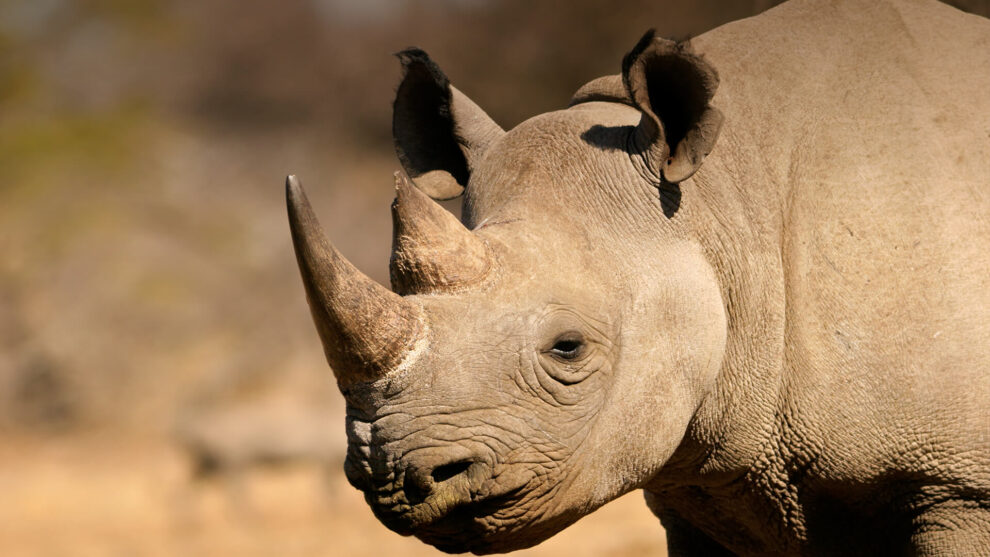A conservation group says it will rewild 2000 mostly captive-bred southern white rhinos (Ceratotherium simum simum), representing around 15 per cent of the total population of this species.
The rhinos were raised on an 8500-hectare ranch in northern South Africa owned by John Hume, a businessman who trimmed the horns off his live animals in anticipation of the international trade in rhino horn being legalised. It wasn’t, and Hume, who hoped to sell the horns and use the income to fund conservation of the species, had to put his farm up for sale. African Parks (AP), a conservation group that co-manages protected areas in a dozen African countries, announced this week it had acquired Hume’s rhino project, seen by some as one of the most successful breeding programmes for a threatened species.
AP says the task of rehoming so many rhinos will represent “one of the largest continent-wide rewilding endeavours to occur for any species”.
Once rewilded, the animals will “contribute to ecosystems by providing nutrient cycling, storing carbon and increasing tourism revenue for local people”, says its chief executive Peter Fearnhead.
The group’s intervention is “probably the best outcome”, says Hayley Clements at Stellenbosch University in South Africa. “Hopefully they can progressively rewild those animals and do so into parks that are well managed so that they don’t end up just getting poached.”
Private owners like Hume play a critical role in protecting and expanding the southern white rhino population, which came close to extinction less than a century ago. In 2021, South Africa had 12,968 white rhinos, more than 80 per cent of the continent’s total; just under 7000 of them were on private land. But poaching, which has led to steep declines of both white and black rhino (Diceros bicornis) in former strongholds like Kruger National Park, has pushed up the cost of protecting them.
Clements worries that what happened to Hume’s operation might signal a broader trend.
“As poaching has increased, the cost of conserving those rhinos has really skyrocketed to the extent that now rhinos in many cases become a liability, more than a benefit,” she says.
Not all South African rhino owners raise rhinos as intensively as Hume did. Some question whether “rewilding” is the right term to use for his animals.
“The Hume rhinos contain a mix of wild-caught and captive-born animals, and a small proportion of captive-born animals of captive-born parents,” says Dave Balfour at Nelson Mandela University in South Africa.
Depending on how they are released, the captive-born animals could learn from the wild-caught ones, he says. “Most people that I have spoken to, and myself, seem to think that they will generally do fine if they are released into appropriate habitat and with adequate available water of reasonable quality,” he adds.
Fearnhead says his team anticipates moving 300 animals per year to parks across Africa where there is suitable protection and sufficient grazing. “The overall vision is to establish a number of strategic populations across the continent, including establishing new founder populations or supplementing existing populations,” he says.
In June, his organisation moved 16 white rhinos thousands of kilometres from another private South African game reserve to Garamba National Park in the north-east of the Democratic Republic of the Congo.
Garamba was once populated with a type of northern white rhino (Ceratotherium simum cottoni), a subspecies that is now functionally extinct, with only two females surviving in Kenya. Garamba’s last northern white rhino was killed by poachers in 2006, and southern white rhinos are now filling the gap.
“Garamba is capable of supporting many more than this initial group and therefore will be an obvious recipient [of Hume’s rhinos] in the near future,” says Fearnhead.
Source : New Scientist
















